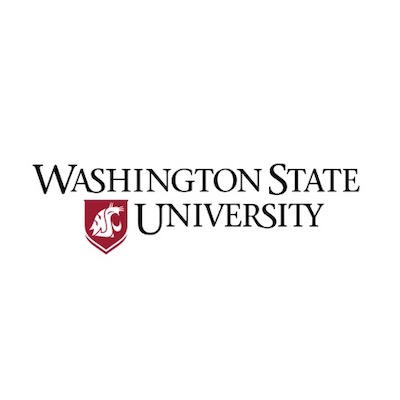Washington State University: Federal funding will help WSU professor develop technology to recover rare earth elements
Xiaofeng Guo, an assistant professor of chemistry at Washington State University, is part of a national team of scientists that recently received $39 million in funding to develop market-ready technologies to increase domestic supplies of critical elements required for the clean energy transition.
The Department of Energy-funding will support 16 projects across 12 states to develop commercially scalable technologies that will enable greater domestic supplies of copper, nickel, lithium, cobalt, rare earth, and other critical elements.
The objective of Guo’s project, “Mining Red Mud Waste for Carbon Dioxide Capture and Storage and Critical Element Recovery,” is to use supercritical carbon dioxide to recover critical elements, especially rare earth elements, from aluminum production wastes (red mud).
The project is led by Xin Zhang, chemical engineer of Pacific Northwest National Laboratory (PNNL) in Richland, Washington, joined by Arizona State University Professor Alexandra Navrotsky, who was Guo’s PhD advisor and donor for the Alexandra Navrotsky Institute for Experimental Thermodynamics at WSU.
“We are excited to work with PNNL and ASU to develop thermodynamic database of rare earth carbonate speciation under critical CO2 conditions, through data mining, spectroscopic and solubility studies,” Guo said. “The established database will promote understanding in extraction and separation of rare earth from red muds.”
Red mud is a common industrial waste rich in useful elements, including rare earth elements that are necessary to manufacture electric vehicle batteries, solar panels, and other clean energy technologies. The critical role of rare earth elements in clean energy and other high-tech industries has created a surge in demand that is quickly outstripping the known global supply.
Guo and his collaborators’ work will help build fundamental knowledge that is essential to optimize the extraction and separation of rare earth elements from red mud. The project could ultimately help lower the carbon footprint of the future economy and will displace the highly toxic acid-leaching process that is currently state of the art.

